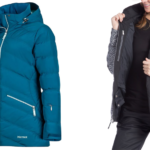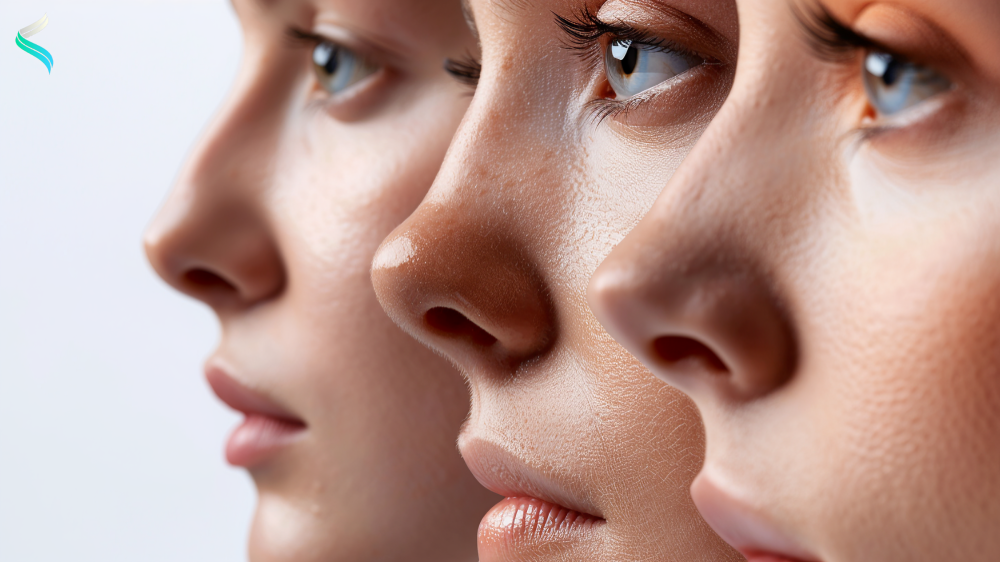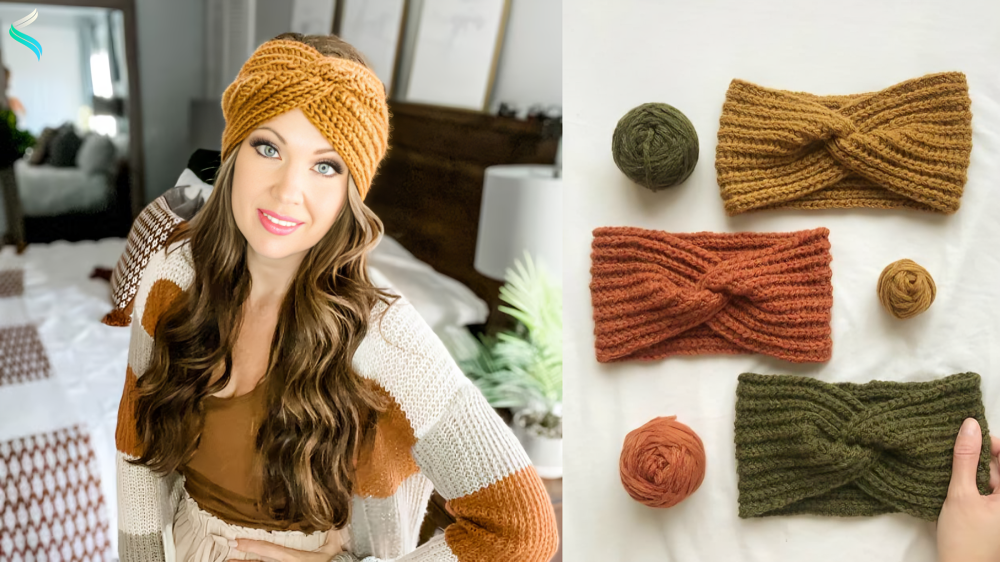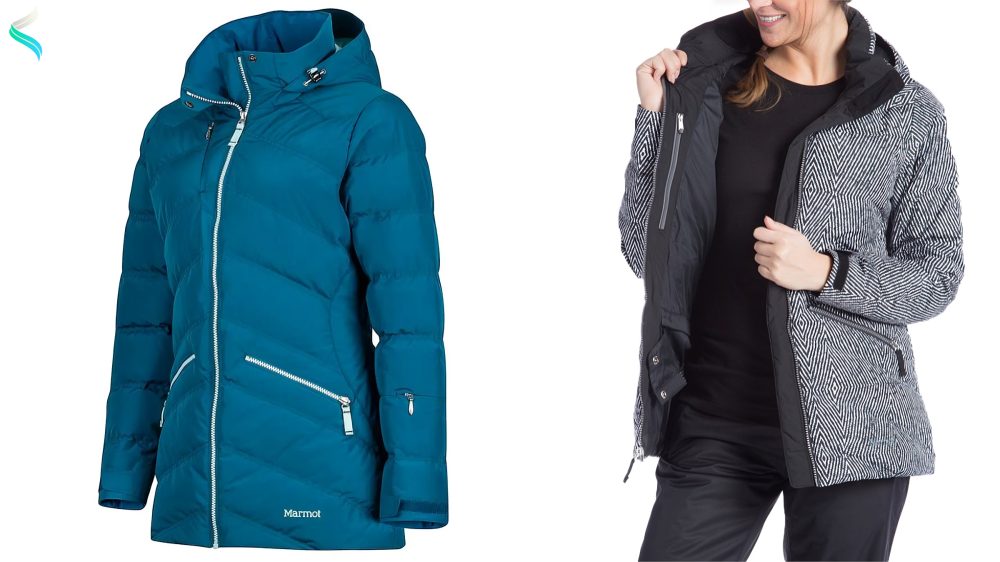The term Button Nose often evokes thoughts of adorableness and charm, reminding us of those cute, rounded, and slightly upturned noses seen in babies, dolls, and even some adults. This trait, the button Nose, is frequently celebrated in popular culture, art, and beauty standards, not just for its aesthetic appeal, but also for the warmth and innocence it conveys. Whether on screen, in literature, or through real-life interactions, button Nose has become synonymous with beauty, youthfulness, and a soft, approachable appearance.
In this article, we will take a deep dive into the allure of the Button Nose its origins, representation in various cultures, why it’s seen as so attractive, and how it has influenced beauty trends across the globe. By exploring this charming trait, we aim to provide insight into its symbolic significance and why so many people are captivated by the Button Nose.
The Origins and Anatomy of the Button Nose
A Button Nose typically refers to a nose that is small, rounded, and slightly upturned at the tip. From an anatomical perspective, it has a lower projection than other nose types and appears more circular when viewed from the front. The name “button” derives from its resemblance to a small button, emphasizing its compact size and neatly rounded shape.
Throughout history, physical features have often been interpreted as symbols of certain qualities, and the Button Nose is no exception. The shape of this type of nose has often been associated with youthfulness, innocence, and kindness, as it typically softens the overall appearance of the face. People with a Button Nose are often described as having approachable and friendly faces, characteristics that have contributed to the enduring appeal of this trait in various societies.
Interestingly, the Button Nose is a common feature among children and babies. The softness and roundness of a baby’s face, coupled with this type of nose, create an image of pure cuteness, which may explain why the trait is often viewed as endearing even in adults. The Button Nose often retains its charming qualities as the individual grows older, making it a desired facial feature among many.
Cultural Representations of the Button Nose
The beauty and appeal of a Button Nose transcend cultural boundaries, appearing in the depictions of characters in literature, films, and folklore worldwide. In some cultures, the Button Nose is associated with idealized versions of feminine beauty, while in others, it is admired for its innocence and childlike charm.
Western Culture
In Western culture, the Button Nose has long been a symbol of beauty, particularly for women. Many iconic Hollywood actresses, such as Audrey Hepburn and Grace Kelly, were celebrated for their dainty Button Noses, which added to their sophisticated and graceful appearances. In films, the Button Nose has often been used to emphasize a character’s sweetness, innocence, or even naivety. This association has reinforced the nose shape’s popularity in popular culture and beauty standards.
Moreover, the Button Nose has been a prominent feature in Western dolls, from classic porcelain dolls to modern-day toys like Barbie. The small, rounded nose on these dolls has become an emblem of childlike beauty and has influenced generations of children in shaping their perceptions of facial attractiveness.
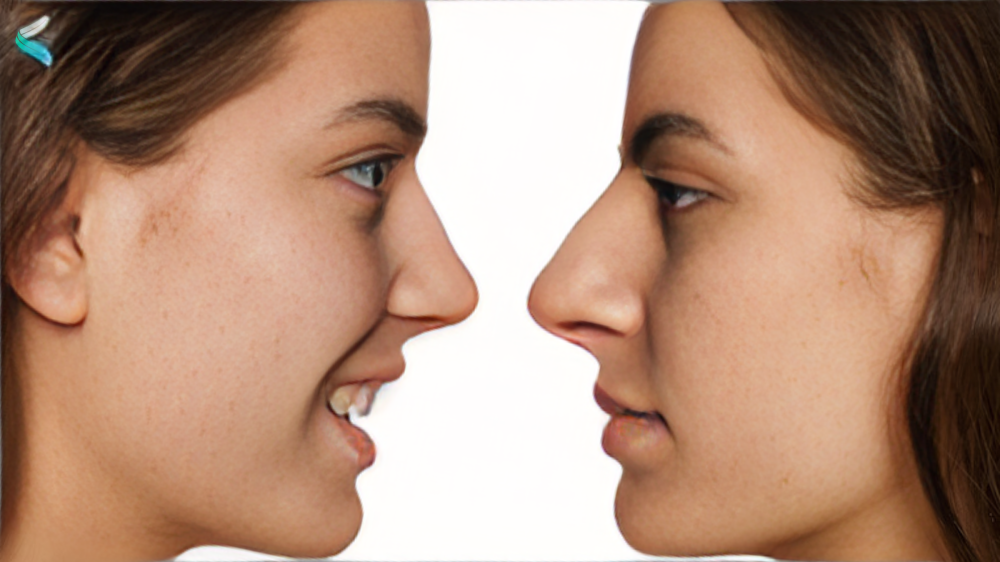
Eastern Culture
In certain Eastern cultures, including Japan and Korea, the Button Nose is also celebrated as a sign of youthfulness and beauty. In countries where a more petite, delicate appearance is often favored, individuals with a Button Nose are considered to possess a softer and more gentle appearance. This preference is reflected in the popularity of cosmetic surgery aimed at refining and reshaping the nose to resemble a button Nose—a trend that is particularly strong in South Korea.
In anime and manga, the Button Nose is frequently seen in character designs, especially in female protagonists. These characters often embody purity, kindness, and optimism—traits that are commonly associated with a button Nose. The popularity of anime culture around the world has further contributed to the global admiration of this particular nose shape.
Historical and Mythological Associations
In ancient mythology and folklore, physical features were often interpreted as reflections of an individual’s personality or destiny. In some cultures, a button Nose was seen as a sign of good fortune or favor from the gods. The rounded, upward tilt of the nose was believed to suggest a positive disposition and an open heart, making individuals with this feature highly regarded in their communities.
In some historical texts, beauty ideals across different eras highlighted smaller, more refined noses as symbols of grace and elegance. The Button Nose often fits this description, becoming a common feature in depictions of noble people or revered figures in art and sculpture. These representations have left a lasting impact on how the Button Nose is perceived in the modern world.
The Psychology Behind the Appeal of the Button Nose
The attractiveness of a button Nose can be explained, in part, by evolutionary psychology. Human beings are naturally drawn to features that suggest health, vitality, and youth, as these traits are often linked to reproductive success. A Button Nose, with its association with babies and youthful faces, may trigger an instinctual response that makes individuals with this feature seem more approachable and caring.
Additionally, facial symmetry plays a significant role in perceived attractiveness, and a Button Nose often enhances facial symmetry due to its balanced proportions and simplicity in design. People tend to find symmetrical faces more pleasing to look at, and a well-proportioned button Nose contributes to this overall facial harmony.
Another psychological aspect of the appeal lies in the connection between physical traits and personal assumptions. People often make judgments about others based on their facial features, and individuals with a Button Nose are frequently perceived as more friendly, kind, and approachable. This perception can influence how others respond to them in social situations, often leading to positive interactions and reinforcing the desirability of the trait.
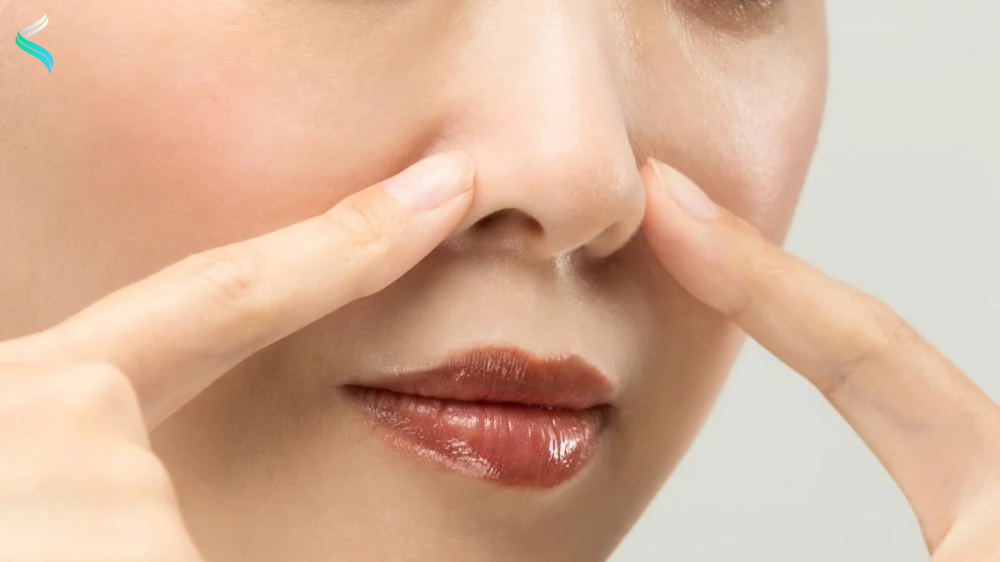
Beauty Trends and the Influence of the Button Nose
The Button Nose has had a considerable impact on beauty standards and trends across different societies. While beauty ideals can vary greatly from culture to culture, the Button Nose has consistently been admired for its delicate and youthful qualities.
Influence on Cosmetic Procedures
The desire to have a Buton Nose has led to a surge in cosmetic procedures aimed at reshaping the nose. Rhinoplasty, commonly known as a nose job, is one of the most popular cosmetic surgeries worldwide, and many patients specifically request a Buton Nose look. The goal is to create a nose that is smaller, more rounded, and upturned, enhancing the overall appearance of the face.
In South Korea, where beauty standards often emphasize petite and symmetrical facial features, achieving a Buton Nose through surgery has become particularly prevalent. Celebrities and influencers who possess this trait often inspire others to pursue similar looks, contributing to the widespread appeal of the Buton Nose in beauty culture.
Non-surgical options, such as dermal fillers, have also gained popularity for individuals looking to enhance or mimic the appearance of a buton Nose without undergoing invasive surgery. These procedures allow for temporary reshaping of the nose, providing a more accessible way for people to experiment with this desirable trait.
The Role of Makeup in Enhancing a Button Nose
For those who are not naturally blessed with a Buton Nose, makeup can offer a temporary transformation. Contouring and highlighting techniques have become popular methods for altering the appearance of facial features, including the nose. By strategically applying makeup, individuals can create the illusion of a smaller, more refined nose shape—one that closely resembles the coveted Buton Nose.
Contouring involves darkening the sides of the nose while highlighting the bridge and tip, effectively slimming the nose and giving it a more petite, button-like appearance. This makeup trick has gained traction on social media platforms like Instagram and YouTube, where beauty influencers share tutorials on how to achieve the Buton Nose look.

The Button Nose in Popular Culture
Popular culture has played a significant role in shaping the perception and desirability of the Buton Nose. From movie stars to animated characters, this feature has been associated with lovable, memorable personalities who embody the characteristics of youth, innocence, and kindness.
Celebrities with Button Noses
Many celebrities have been admired for their Buton Noses, which have often been considered key elements of their charm and attractiveness. Famous actresses like Emma Watson and Zooey Deschanel, for example, are known for their distinct buton noses, which contribute to their sweet and approachable public images. These actresses, along with many others, have helped popularize the look and inspire a generation of fans who admire their beauty.
In addition to actresses, many male celebrities have also been praised for their buton noses. Actors like Joseph Gordon-Levitt and Elijah Wood have sported this feature, which adds to their boy-next-door appeal. The Buton Nose has transcended gender boundaries, becoming a trait admired in both men and women.
Animated Characters and the Button Nose
The influence of the Buton Nose extends beyond real-life celebrities into the realm of animated characters. In animated films and television shows, characters with buton noses are often portrayed as kind-hearted, innocent, or quirky. These characters, such as Disney’s Belle from Beauty and the Beast or Anna from Frozen, are designed to be both relatable and endearing, further solidifying the Buton Nose as a symbol of warmth and approachability.
The design of these animated characters with Buton Noses has had a lasting impact on viewers, particularly children, who grow up associating this nose shape with positive personality traits. As a result, the Buton Nose continues to be a popular feature in character design across various media.
Embracing the Button Nose: A Celebration of Diversity
While the Buton Nose has long been celebrated for its cuteness and charm, it’s important to remember that beauty comes in many forms. In a world where beauty standards are constantly evolving, there is a growing appreciation for diverse nose shapes and facial features. Whether someone has a buton Nose or a more angular, elongated nose, every individual’s unique appearance contributes to the rich tapestry of human beauty.
At the same time, the Buton Nose remains an enduring symbol of youthful allure and sweetness, and its influence can be seen across cultures and industries. Embracing the Buton Nose doesn’t mean conforming to a singular beauty standard, but rather celebrating the variety of traits that make each person special.
More: Reddit
Conclusion
The Button Nose has captured the hearts of people around the world due to its association with youthfulness, approachability, and charm. Whether seen by celebrities, animated characters, or everyday individuals, the Buton Nose remains an iconic and beloved facial feature that continues to influence beauty trends and standards globally.




